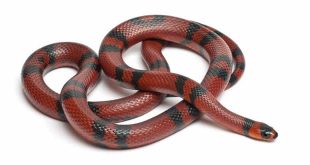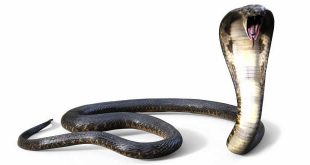 Sea Turtle — Sea turtles (Superfamily Chelonioidea) are turtles found in all the world’s oceans except the Arctic Ocean .There are seven living species of sea turtles: flatback, green, hawksbill, Kemp’s Ridley, leatherback, loggerhead and olive ridley. The East Pacific subpopulation of the green turtle has been classified as a separate species in the past as the black turtle. However, DNA evidence indicates that it is not evolutionarily distinct from the green turtle.
Sea Turtle — Sea turtles (Superfamily Chelonioidea) are turtles found in all the world’s oceans except the Arctic Ocean .There are seven living species of sea turtles: flatback, green, hawksbill, Kemp’s Ridley, leatherback, loggerhead and olive ridley. The East Pacific subpopulation of the green turtle has been classified as a separate species in the past as the black turtle. However, DNA evidence indicates that it is not evolutionarily distinct from the green turtle.
All but the leatherback are in the family Cheloniidae; the leatherback belongs to the family Dermochelyidae and is its only member. The Flatback turtle is found solely on the northern coast of Australia.
Although they have been around for tens of millions of years since the Mesozoic, the body plan of sea turtles has remained relatively constant. Sea turtles possess dorsoventrally-flattened bodies with two hind legs and highly-evolved paddle-like front arms. Different species are distinguished by varying anatomical aspects: for instance, the prefrontal scales on the head, the number of and shape of scutes on the carapace, and the type of inframarginal scutes on the plastron. The leatherback is the only sea turtle that does not have a hard shell, instead carrying a mosaic of bony plates beneath its leathery skin. It is the largest of the sea turtles, measuring six or seven feet (2 m) in length at maturity, and three to five feet (1 to 1.5 m) in width, weighing up to 1300 pounds (650 kg). Other species are smaller, being mostly two to four feet in length (0.5 to 1 m) and proportionally narrower.
Marine turtles are caught worldwide, despite it being illegal to hunt most of the species in many countries.
A great deal of intentional marine turtle harvests worldwide is for the food industry. In many parts of the world, the flesh of sea turtles are considered fine dining. Texts dating back to the fifth century B.C. describes sea turtles as exotic delicacies in ancient China. Historically, many coastal communities around the world have depended on sea turtles as a source of protein. Several turtles could be harvested at once and kept alive on their backs for months until needed.
To a much lesser extent, specific species of marine turtles are targeted not for their flesh, but for their shells. Tortoiseshell, a traditional decorative ornamental material used in Japan and China, is derived from the carapace scutes of the hawksbill turtle. The use of marine turtle shells for decorative purposes is by no means limited to the orient. Since ancient times, the shells of sea turtles (primarily the hawksbill) have been used by the ancient Greeks and ancient Romans. Various articles and ornaments used by the elite of these societies, such as combs and brushes, were from processed turtle scutes. The Moche people of ancient Peru worshipped the sea and its animals. They often depicted sea turtles in their art.
 Kids Portal For Parents India Kids Network
Kids Portal For Parents India Kids Network


